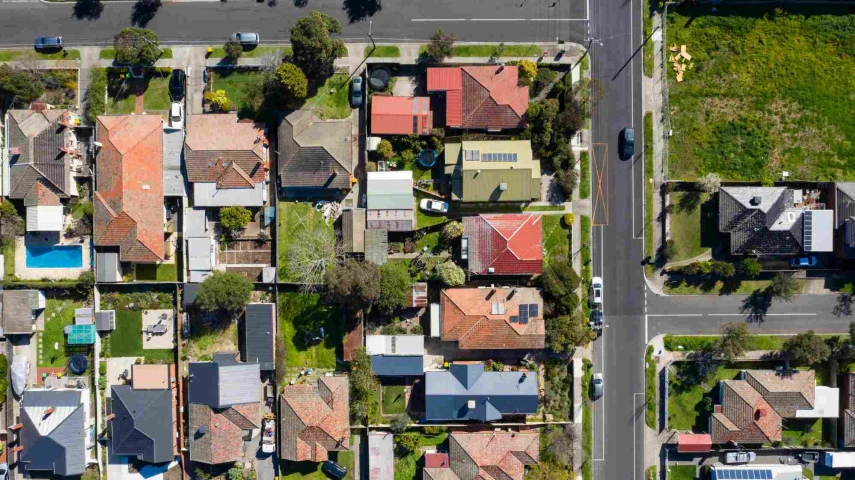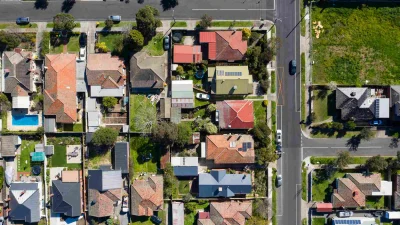Property growth is dead for the next decade: Milford



A leading fund manager says the structural deflation that made Australians real estate millionaires is over and investors should get ready for a decade of little to no capital growth in housing.
Baby Boomers were often called an “economic miracle” of a generation, having entered the workforce in the late 1970s and bought their first homes when interest rates were in the high double-digits.
Over the life of their home loan, those rates declined, making money cheaper to use and property more expensive to buy. Simply holding a home from 1980 to 2021 made Australians wealthy.
But according to Milford Asset Management’s portfolio manager, Will Curtayne, the days of home values doubling every 10 years are over.
Curtayne is manager of the firm's Australian Absolute Growth fund and small-cap Dynamic fund.
Speaking on an upcoming episode of Relative Return, the new podcast from Momentum Media, Curtayne said: “Strong population growth increases the demand for property, but people still need to be able to afford it,” he said.
“What made them afford it was interest rates going from nearly 20 per cent back in 1980 when we last had structural inflation down to mortgage rates below 2 per cent in 2021. So that huge reduction in mortgage rates simply allowed people to borrow more and allowed house prices to grow at 8 per cent a year for 40 years. You cannot repeat that.”
Until 2021, the housing phenomenon in Australia and New Zealand had been hugely important for shaping economies and the way people made wealth.
Unlike the United States, Australians and New Zealanders did not need to become exceptional entrepreneurs or well-educated professionals to become wealthy.
“Until now, you could actually become very wealthy by working, saving young and buying house after house and leveraging it,” Curtayne said.
Australian house values had increased 414.6 per cent in the past 30 years, while units appreciated 293.1 per cent, according to data from Aussie Home Loans.
But according to Curtayne, the turning point has now passed and is back to structural inflation.
“That means mortgage rates will bounce around sideways and hover between 3.5 and 7 per cent over the next decade. Perhaps it stabilises at 6 per cent,” he said. “But it won’t be new lows in interest rates, and that means house price growth will basically track wage growth. There is a reset underway. House prices will go up again, but they will only go up at the same level of wage growth.”
In Australia, annual wage growth had increased to 3.3 per cent but buying power had been impacted by inflation sitting at double that sum.
If property prices tracked wage growth, even in a tight labour market, there was little room for major capital gains that Australian real estate investors had become accustomed to.
“You’re not going to become super wealthy through housing,” Curtayne said. “You won’t make that transformational wealth that people have made over the last 30 to 40 years.”
Recommended for you
Schroders has appointed a new chief executive as Simon Doyle steps down from the asset manager after 22 years.
Distribution of private credit funds through advised channels to retail investors will be an ASIC priority for 2026 as it releases the results of its thematic fund surveillance and guidance for research houses.
State Street Investment Management has taken a minority stake in private market secondaries manager Coller Capital with the pair set to collaborate on broaden each firm’s reach and drive innovation.
BlackRock Australia plans to launch a Bitcoin ETF later this month, wrapping the firm’s US-listed version which is US$85 billion in size.













The impact of Immigration is overlooked and our Government thinks it's the magic wand to all our problems.